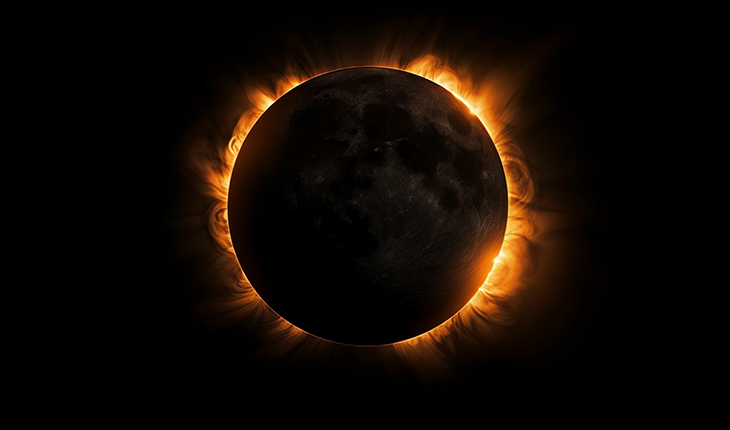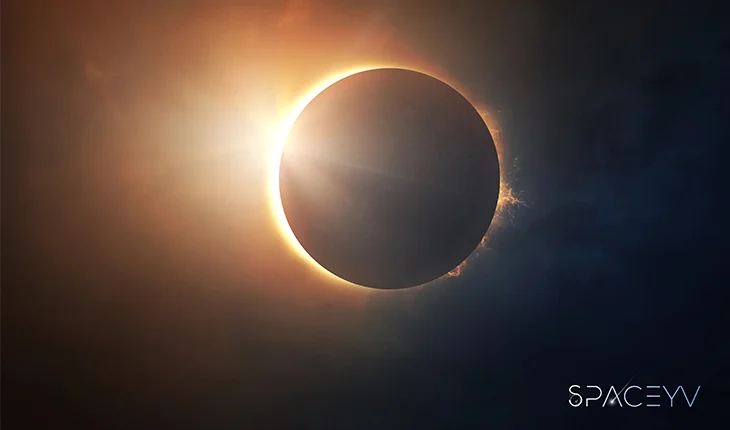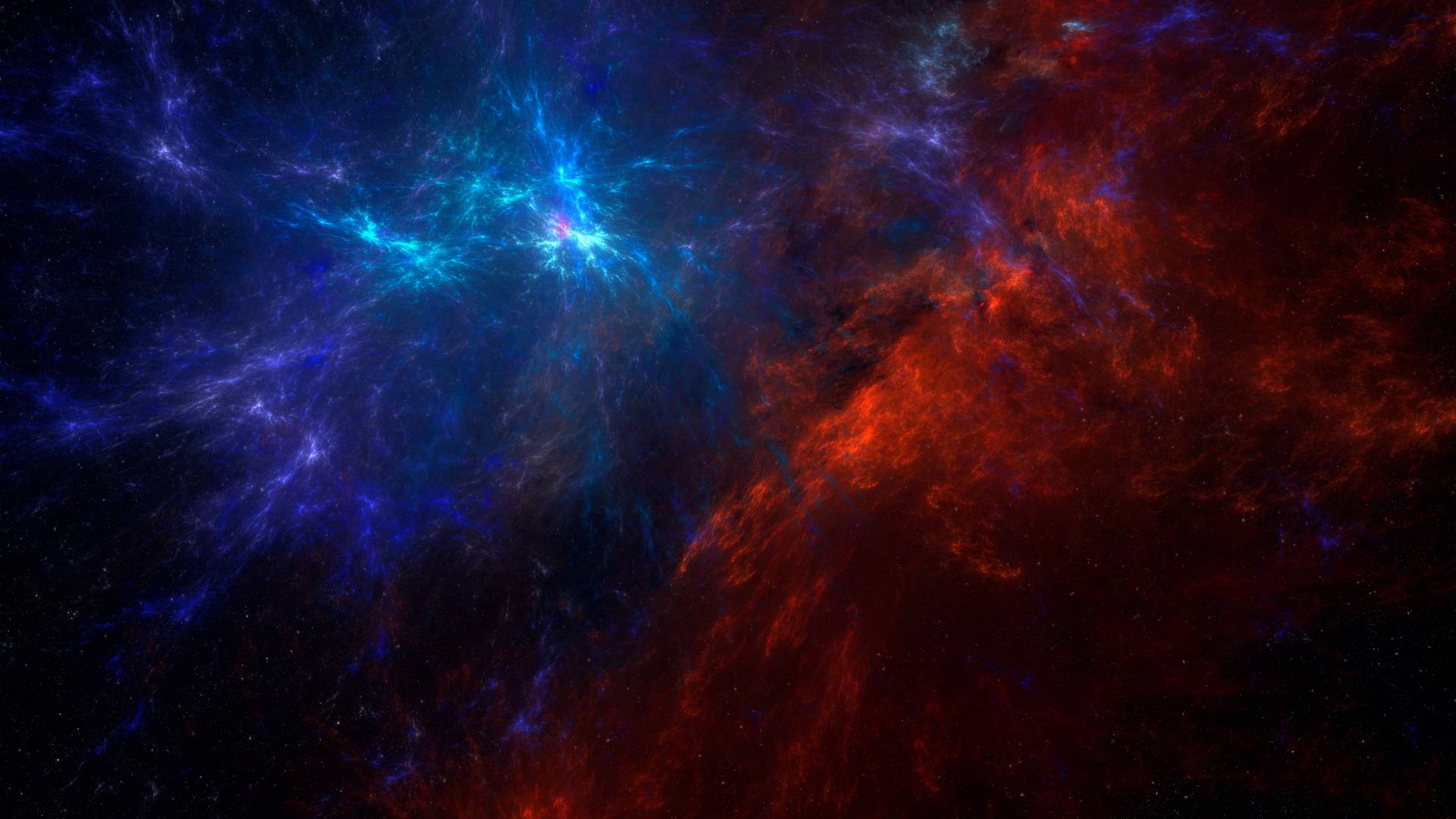Amazing things happen in the sky when the Sun, Earth, and Moon line up just right. One of these incredible sights is shadow bands that appear during a solar eclipse. They’re like wavy lines of light and shadow that move across the ground. Even though people have watched eclipses for a long time, shadow bands still puzzle scientists and sky watchers. This article will dive into the mystery of shadow bands during solar eclipses. We’ll explore where they come from, what they’re like, and why we’re so curious to learn more about them.
What are shadow bands?
Shadow bands, also known as shadow snakes or waves, are fascinating optical illusions that appear before and after a total solar eclipse. They resemble faint, rippling lines of light and shadow that move in a wavy motion, similar to the shimmering effect seen underwater when sunlight hits a pool’s floor. These mysterious designs spread out on the ground, creating a fascinating show that grabs the attention of anyone lucky enough to see them.
Solar eclipse shadow
During a solar eclipse, the Moon comes between the Earth and the Sun, casting a big, dark shadow on the Earth. This shadow can be seen when certain types of eclipses happen. When the Moon covers the Sun completely, it’s called a total solar eclipse, and you can watch the shadow zooming across the Earth. It’s like watching nighttime happen in the middle of the day! This shadow moves fast, and if you’re in the right spot at the right time, you might see the Sun disappear completely, making everything dark. It’s an amazing sight that shows how the Moon, Earth, and Sun all move together in space.
Related Contents:
How Close is Mars To The Earth

What causes eclipse shadows?
In the last 175 years, many ideas have been suggested to explain what shadow bands are. One early theory said they might be thin lines of light caused by light waves passing through a small opening. This makes a dark line in the middle with lighter ones on each side. Then, in 1924, Guido Horn-D’Arturo thought the bands might overlap pictures of the Sun made by small openings in the Earth’s upper atmosphere.
The main reason for shadow bands is the Sun’s rays bending as they pass through Earth’s uneven atmosphere. This is similar to why faraway stars twinkle because of the air’s changes. Stars twinkle because they’re like tiny dots of light. However, large planets like Venus and Jupiter, which are bigger, don’t twinkle much, especially when they’re near the horizon. The Sun and Moon don’t twinkle at all.
During a solar eclipse, when the Sun turns into a thin line of light, each point along that line should twinkle like a star. Shadow bands are the result of light coming from each twinkling point. The worse the air conditions are when using a telescope, the clearer the shadow bands appear.

solar eclipse shadow on Earth
During a solar eclipse, the Moon moves between the Sun and the Earth, creating a shadow on our planet. This shadow comes in different shapes depending on the type of eclipse and how the Sun, Moon, and Earth line up.
When the Moon completely covers the Sun, it’s called a total solar eclipse. In the path of totality, where the shadow falls directly, daytime turns into an eerie twilight as the Sun disappears completely.
Outside this path, there’s a partial solar eclipse, where only part of the Sun is covered. Here, the Moon’s shadow resembles a crescent moving across the Sun until the eclipse reaches its maximum.
The size and shape of the Moon’s shadow depend on factors like how far apart the Earth, Moon, and Sun are and where the Earth is in its orbit. Solar eclipses don’t happen every month because the Moon’s orbit is slightly tilted.
But no matter what, seeing the shadow of a solar eclipse on Earth is an amazing sight. It reminds us of how the Sun, Moon, and Earth move together in space, leaving people in awe of the universe’s wonders.
shadow bands solar eclipse mystery explain
Shadow bands are mysterious patterns seen during solar eclipses that fascinate people with their strange shapes and movements. These faint lines of light and dark appear on the ground just before and after a total solar eclipse, creating a peculiar and captivating show.
One popular theory is that the bands are caused by sunlight being twisted by the Earth’s bumpy atmosphere. Another idea suggests that they’re formed when light bends through gaps in the atmosphere.
Even with advanced technology, scientists are still trying to understand shadow bands better. But no matter how much we learn, their appearance during solar eclipses reminds us of the amazing and mysterious things that happen in the sky, sparking curiosity and amazement in people worldwide.
Shadow bands are fascinating and mysterious patterns that appear during solar eclipses. Their shimmering and hard-to-catch nature has intrigued people for a long time, inspiring both regular skywatchers and scientists. Although we still don’t know who we need to learn from and how they work, ongoing research and better technology gives us hope that we’ll eventually understand these mesmerizing phenomena better. As we look up at the sky, shadow bands remind us of the countless mysteries waiting to be uncovered in the vastness of space.



